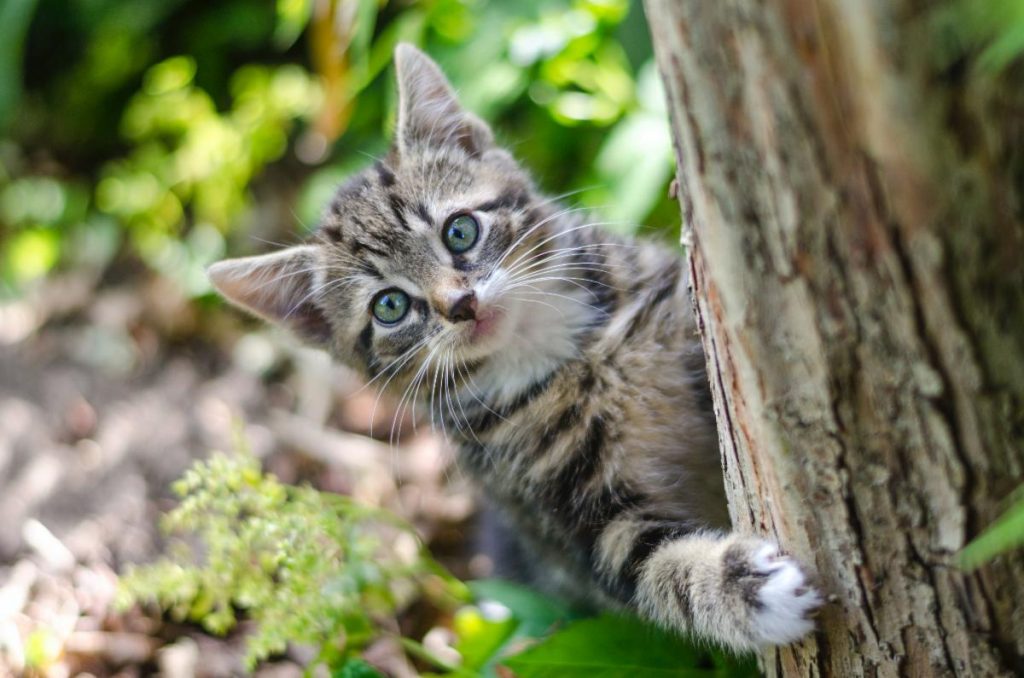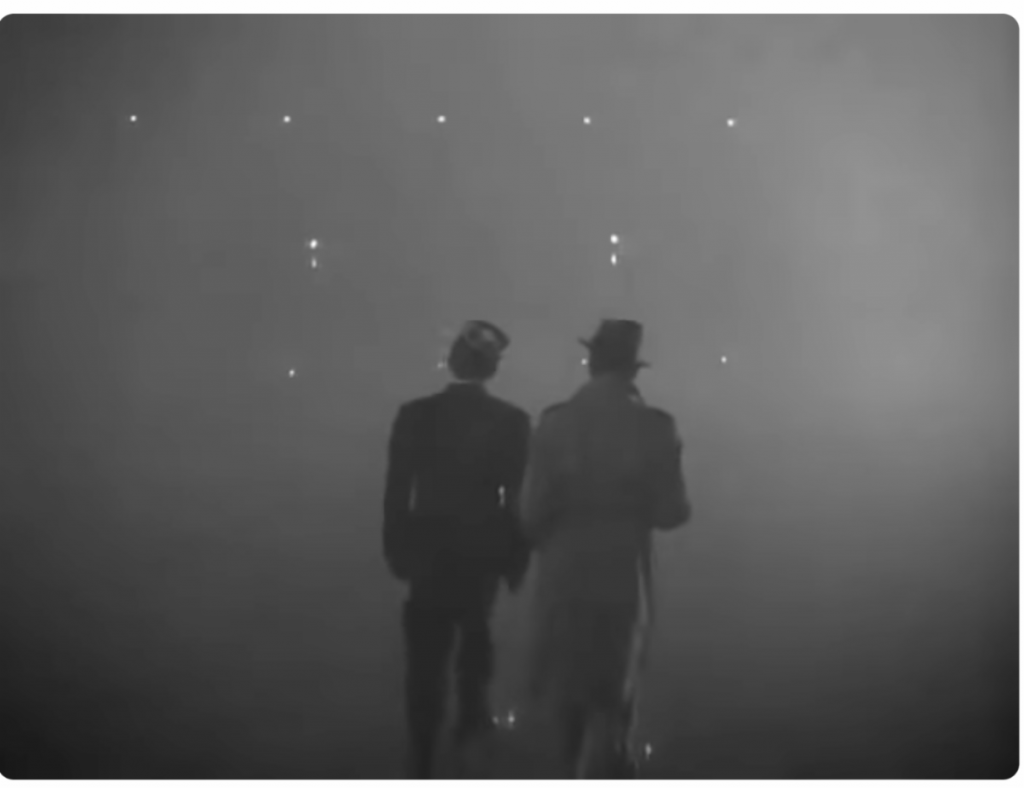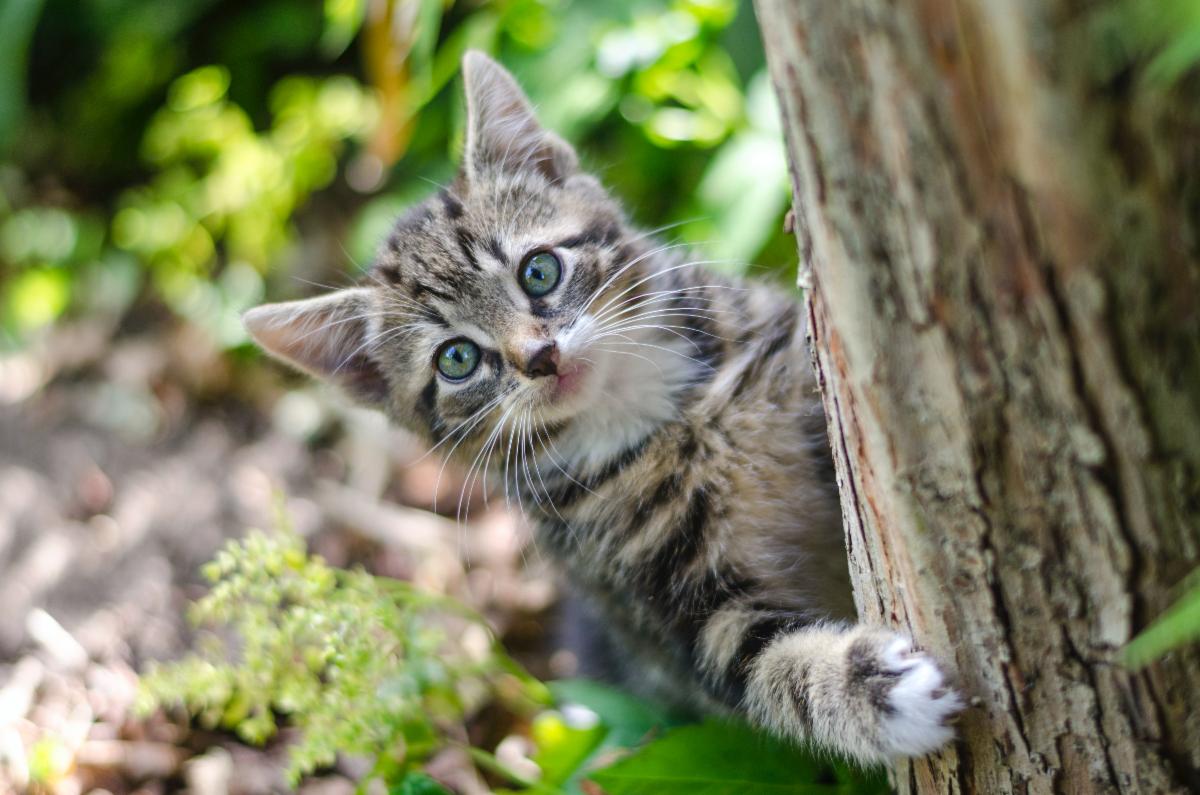Even before I recorded this month’s meditation HERE, there was an overwhelming amount of cosmic confirmation as to its theme.
Everywhere I looked––including an introductory LinkedIn email moments ago from someone who describes themselves as a “Brand Strategist and Narrative Architect”––the theme of Storytelling rang out.
In many ways, for me storytelling serves as the perfect intersection of my creative projects and transformation work.
Thus, this month I’m diving deep into Joseph Campbell’s landmark collection The Hero With A Thousand Faces.
It’s quite possible that no book has influenced more creatives––ranging from novelists to filmmakers to game designers–– than this application of the insights of modern psychology with the storytelling framework of classical mythology.
Indeed, George Lucas freely credited Campbell’s contributions to the Star Wars Universe, saying “As a book, it is wonderful to read; as illumination into the human condition, it is a revelation.”

By the way, to be candid, I’m also planning to re-readSave The Cat, Blake Snyder’s zippy book on Hollywood screenwriting formulas.
I think these books balance each other out quite nicely.
While both are popular, Campbell is a respected high-minded academic whereas Snyder––savvy as he is––wrote the 1992 Sylvester Stallone action / buddy comedy Stop! Or My Mom Will Shoot.
And, just in case you’re wondering about the title Save The Cat, it refers to one of Snyder’s key instructions to aspiring screenwriters:
Early in the narrative your hero must do something we find appealing––like saving a kitten stuck up a tree–– “because liking the person we go on a journey with is the single most important element in drawing us into the story.”

I am, of course, interested in more than just advice on crafting narrative for purely literary purposes.
My greater focus is on how we do this on multiple levels within and throughout our lives.
No less than Margaret Atwood (A Handmaid’s Tale) supports this:
“Everyone “writes” in a way;
that is, each person has a “story”––a personal narrative––
which is constantly being replayed,
revised, taken apart, and put together again.”
Indeed, storytelling is so deeply engrained in our DNA that we tend to forget that’s what we’re doing all the time.
Indeed, as the great Joan Didion wrote in The White Album:
“We tell ourselves stories in order to live…”

It gladdens me whenever people write and tell me how they connect with my Vlad stories.
Speaking of which…
This week he and his best friend Malibu fulfilled a complete narrative arc in 25 seconds.
You can watch the video on instagram HERE––please follow me there for more––but allow me to summarize:
The story begins with conflict (albeit between best friends).
Things escalate.
There’s a climax, one where Vlad references Taylor Swift’s advice to “Shake It Off.”
And there’s even an epilogue where, like Humphrey Bogart and Claude Rains in Casablanca, they amble off together, celebrating “the beginning of a beautiful friendship.”

One of the most compelling things about storytelling is how it allows us to not only shape the narrative, but also to create the meaning we desire.
At a family event, I remember one relative’s assessment of another, more senior relative’s life as compassionate but overwhelmingly negative.
In fact, they actually shook their head sadly, saying “Such a _____ (you pick the expletive adjective) life.”
I was stunned because I know that’s not how the other person viewed things at all.
Yes, they would have acknowledged several hardships and challenges and definitely a particularly rocky start.
Even so, they absolutely saw their life story as positive, even triumphant.
Remember again that both individuals had the same biographical facts at their disposal.
One of them wove those points into a true downer; the other––the one who actually lived it––into something truly inspirational.

Along these lines, Joan Didion writes further about how we are compelled to tell stories in order to find meaning:
“We look for the sermon in the suicide, for the social or moral lesson in the murder of five.
We interpret what we see, select the most workable of the multiple choices.
We live entirely,especially if we are writers,
by the imposition of a narrative line upon disparate images,
by the “ideas” with which we have learned to freeze
the shifting phantasmagoria which is our actual experience.”
Creating meaning from that “shifting phantasmagoria” defines not only the artist’s occupation but also the primary task of everyone.

In other words, the entire goal of examining storytelling (for me) is to use our narrative freedom in ways that enrich our lives.
For example, without denying anything, let’s explore reinterpreting, maybe even vanquishing, our real-life villains in ways that serve us.
And rather than unwillingly shifting genres, I also want us to employ life’s plot twists to our advantage.
Perhaps if we’re wise enough, like Vlad and Malibu, we can find methods to use conflict in ways that inform, even entertain us.
For us to grow, stories are necessary.
As Save The Cat declares: “Every single character in your movie must change in the course of your story.”
This month’s reading and meditation HERE are an invitation to do just that.
Ultimately, I want us to all become Self-Employed Narrative Architects, ones who boldly and strategically use our creativity to truly empower “the stories we tell ourselves in order to live.”
Namaste for Now,


